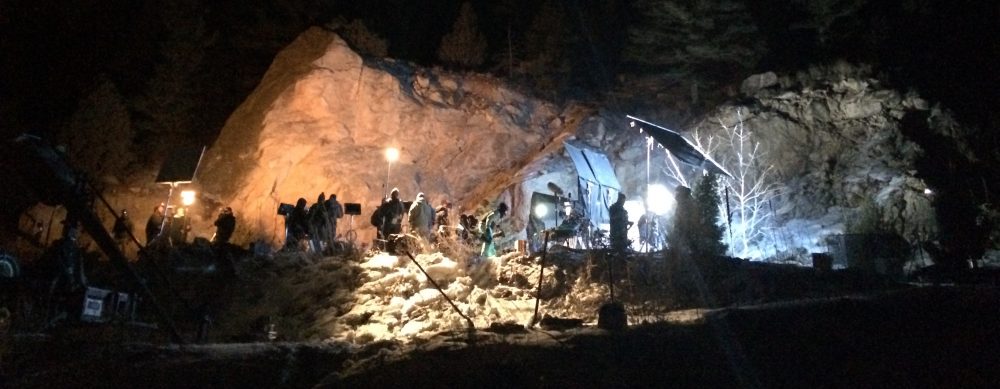Getting good sound is not a secret. It’s simply understanding everything about your role and performing your role very well.
The sound recordist’s role:
- Placing the microphones.
- Operating the recorder.
- Making sure the recording quality is good.
That’s it, really. If you do those three things right you will get good sound. The problem is doing those things right takes a hell of a lot of knowledge, experience and skills. The other problem is what works on one shoot doesn’t necessarily work on other shoots.
1. Placing the microphones:
- In general, you need to place the microphone as close to the talent as possible. This is very important.
- Start with the mic in the frame and make your DP yell at you. Move it slowly out of frame so YOU know where the frame ends.
- When booming, boom from above with the microphone angled downward aimed at the talent’s mouth.
- Know and follow the dialog.
- Know the blocking.
- Line up the mic with some reference point so you can keep it close to the talent through whatever blocking happens in the shot.
2. Operating the recorder:
- Use balanced cables for your connections
- Bit rate set to at least 16 bits, 24 bits is better
- Sample rate at least 44.1, preferably at least 48kHz
- Set the level as high as possible without clipping. Peaks should be about -6 dbFS
- Know your recorder
If your recorder doesn’t have these capabilities, you need a new one.
3. Making sure the recording quality is good:
- LISTEN. To everything. Most important.
- Good headphones are a must. (closed ear pads)
- Play some of the clips back, verify levels.
- Communicate issues immediately.
Simple, right? Not exactly, but that’s the secret in a nutshell. Use the right mic, get the mic close, set the levels correctly, follow the dialog and communicate issues.
Upcoming posts are going to go into specific details about:
- What microphone to use and why.
- Recorders, mixers, accessories.
- Boom Technique.
- Headphone reviews.
- Acoustic properties of rooms and treatment.
- Audio theory 101.
Other topics:
- Synching second system audio.
- In-camera audio recording.
- Audio bags and accessories.
- Editing audio.
- Audio Software.
And, of course, anything else you want to see discussed on Production Audio Pro.
